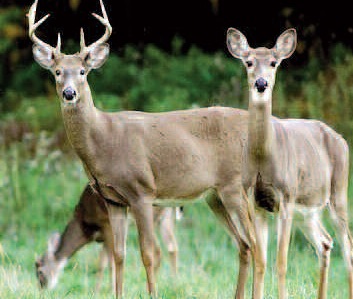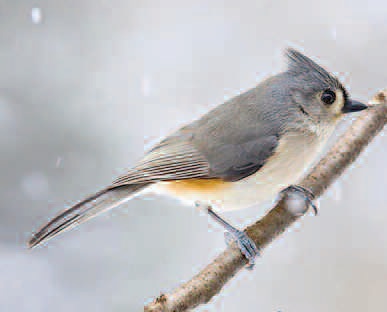SOLON & BEYOND, Week of June 29, 2017
 by Marilyn Rogers-Bull & Percy
by Marilyn Rogers-Bull & Percy
grams29@tds.net
Solon, Maine 04979
Good morning, dear friends. Don’t worry, be happy!
Solon Elementary School held a Math Night and barbeque on May 25. Families enjoyed hamburgers and hot dogs and listened to Math Coach Brian Twitchell talk about a free app called Bedtime Math that parents can use with their children over the summer. Then parents visited their children’s classrooms to engage in some math games and activities.
This district sponsored career days for students in grades K-5 this spring. Three career days were held: one for grades K-1, one for grades 2-3, and one for grades 4-5 on three Thursdays in May at the Garret Schenck School.
These Career Days were part of the MELMAC Partnership Grant to introduce students at a young age to career options for their future, and the plan is to offer these again next year.
RSU #74’s new Community Literacy Team sponsored a book swap at the Solon School and the other elementary schools this spring. At Solon the Book Swap was held on June 5. Students could bring books to swap for new books for summer reading. Even if students didn’t bring books to swap, they were still allowed to find new books to take home.
The school has rescheduled the CSA week to stage a musical production of, The Elves and the Shoemaker for the week of September 25-30. Information and permission slips will go home to parents when students return to school in the fall.
The Embden Community Supper will be held on Saturday, July 8, at 5 p.m.
The Beyond in my column takes in quite a few other surrounding towns, thanks to Roland’s patience with me, and I’m always very happy to get the e-mails. Especially, when I’ve been thanked by three very appreciative people from other towns that I got their news in The Town Line, and being a nosy reporter I like to know what is going on out and about.
Was happy to receive an e-mail from the East Madison Historical Association with July events. On July 6, from 1 – 4 p.m. Jenny Oby, formerly of Skowhegan, will be at the East Madison Historical Association building to discuss and sign her new book on the History of Lakewood Theater. Light refreshments will be offered.
East Madison Days are set for July 14-16. The East Madison Days celebration, sponsored by the East Madison Historical Association is set to run from 7 p.m., Friday, July 14, with an evening with local authors and music through Sunday, July 14-16.
Friday’s event will be at the East Madison Grange building and will feature authors Bob Clement and Katie Ouillette. Bob will talk about his path to becoming an author and do some readings from his books.
Katie will read from and sign her book Two Birds in a Box. Bob Choiniere will entertain with his piano tunes as well, also poems by Florence Burrill Jacobs will be shared.
Saturday’s events begin at the historical building and will feature a yard sale and the first East Madison version of the Antiques Roadshow with Tim Pomelow as the appraiser from 1 – 4 p.m. The public is invited to bring up to three items to be appraised. There is no fee but a $5 donation is suggested. All proceeds benefit the EMHA.
I’m running out of room, but will put in more of the East Madison news next week.
Until then I want to share Percy’s Memoir with you to give you good cheer, it is entitled, You’re a Winner. You were born to be a winner, There’s no way that you can lose, You just hang in there and whistle, When you’re bothered by the blues. When a best friend disappoints you, And you’re crying deep inside, You just somehow grin and bear it, And your heartaches always hide. You don’t run to catch a rainbow, But the pot of gold you find, When you stop to smell the roses, You’re a winner, every time! (words by Julie E. Jones) It is true, my roses are blooming profusely, and they are a great pleasure!


 ERIC’S TECH TALK
ERIC’S TECH TALK

 SCORES & OUTDOORS
SCORES & OUTDOORS
 REVIEW POTPOURRI
REVIEW POTPOURRI



 by Katie Ouilette
by Katie Ouilette



 SCORES & OUTDOORS
SCORES & OUTDOORS